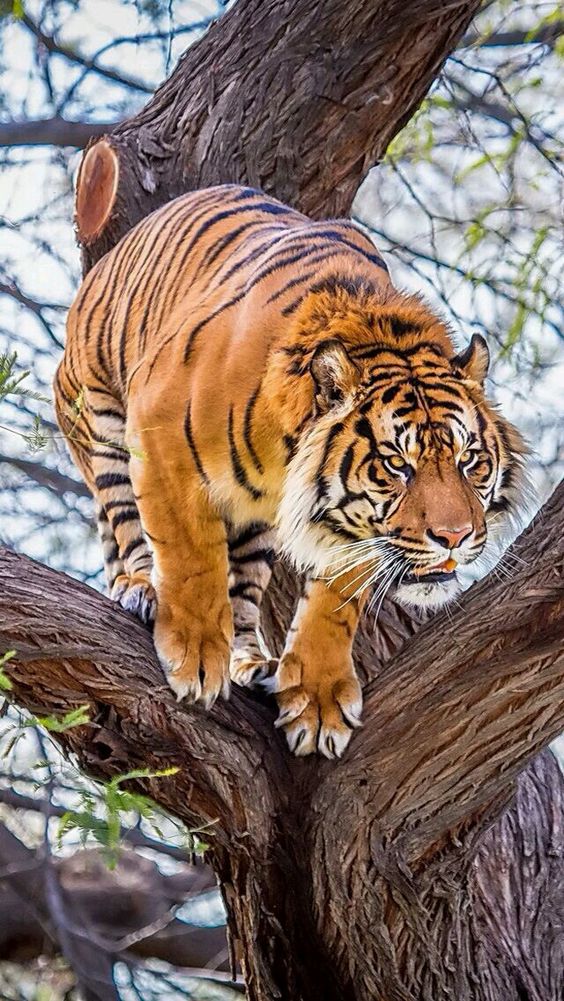Dear Integral Meditators,
You will never be able to entirely control what happens in your life. In fact, sometimes you may feel that you are not in control of your life at all. However, you do have control of the way in which you pay attention to what you experience. Engaged mindfulness is all about taking benevolent control how you pay attention to the experience in the moment.
The article below explores how, in three stages…
In the spirit of engaged mindfulness,
Toby
 The Fundamental Game of Mindfulness – Three Stages
The Fundamental Game of Mindfulness – Three Stages
You will never be able to entirely control what happens in your life. In fact, sometimes you may feel that you are not in control of your life at all. However, you do have control of the way in which you pay attention to what you experience. Engaged mindfulness is all about taking benevolent control how you pay attention to the experience in the moment. It involves three stages:
- Firstly, noticing how you are paying attention to an event, and the way in which that attention is affecting your experience.
- It then involves asking the question “How can I adjust the way I am paying attention in such a way that I am being both more effective, and deriving greater happiness and/or wellbeing from what is going on?” This question can be shortened to “What is the best way to pay attention here?”
- Finally, it involves making an adjustment to your attention, based on your answer to stage 2. Once you have made the adjustment, you then practice holding that ‘attentional position’, using it to optimize your experience.
An example:
Recently I have been doing quite a lot of voice recording for a mindfulness app. The process of doing the recording involves receiving quite a lot of (mostly well intentioned) criticism from people about my voice, my tone, the energy level and ‘entertaining-ness’ of the narration. When receiving this criticism, I notice that my mind could very easily start focusing on this criticism in an overly personal way, and feeling negative or discouraged. So then I ask myself the question “What is the best way to guide my attention in this experience?” upon reflection I came up with a three pronged approach:
- I need to receive the criticism in a detached manner
- I need to be interested and curious about how the criticism can help me to become a better voice narrator and mindfulness teacher. Seeing the value of the criticism to me personally helps me receive it positively, even when part of my mind resists.
- I can choose to focus on my successes and the positive feedback that I am getting for my efforts. This way any criticism always comes in the context of the things that are going well and the progress that I am making.
So then having answered the question in these three ways, the ‘game of mindfulness’ that I then start to play is holding these three perspectives. As I go about my narration work with my colleagues, detachment, curiosity and what is going well become the ‘mindful ways’ that I make the most of my experience in the present moment. In this way my mindfulness practice helps me to both enjoy/derive pleasure from my experience, and to be as good at it as I can be.
This week, you might like to apply this three-stage mindfulness game to your own experiences, personal or professional. Simply choose your experience and then:
- Notice the way your mind is paying attention to it, is it helping or hindering?
- Ask the question “What is the best way to pay attention here”
- After you have answered the question, focus on training your attention to hold these mindful positions, so that you derive maximum value from your experience.
Enjoy the game!
© Toby Ouvry 2018, you are welcome to use or share this article, but please cite Toby as the source and include reference to his website www.tobyouvry.com
Upcoming Courses at Integral Meditation Asia
Ongoing on Wednesday’s, 7.30-8.30pm – Wednesday Meditation Classes at Basic Essence with Toby
Ongoing on Tuesday evenings, 7.30-8.30pm – Tuesday Meditation Classes at One Heart with Toby (East coast)
Saturday February 3rd, 9.15am-12.15pm – Integral meditation & mindful walking deep dive half day retreat
February classes coming soon!
Integral Meditation Asia
Online Courses * 1:1 Coaching * Books * Live Workshops * Corporate Mindfulness Training *Life-Coaching * Meditation Technology









